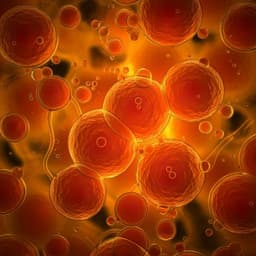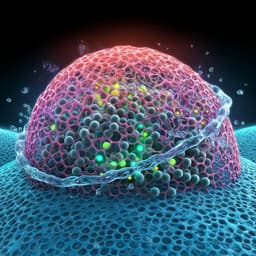
Physics
Frustrated self-assembly of non-Euclidean crystals of nanoparticles
F. Serafin, J. Lu, et al.
This groundbreaking research by Francesco Serafin, Jun Lu, Nicholas Kotov, Kai Sun, and Xiaoming Mao unveils an analytic theory for the self-assembly of polyhedral nanoparticles. It explores how geometrical frustration and interparticle interactions enable the creation of complex structures, such as highly pure helicoidal ribbons from tetrahedral nanoparticles. This innovative framework holds promise for advancing technologies requiring customizable optical activity.
~3 min • Beginner • English
Related Publications
Explore these studies to deepen your understanding of the subject.







